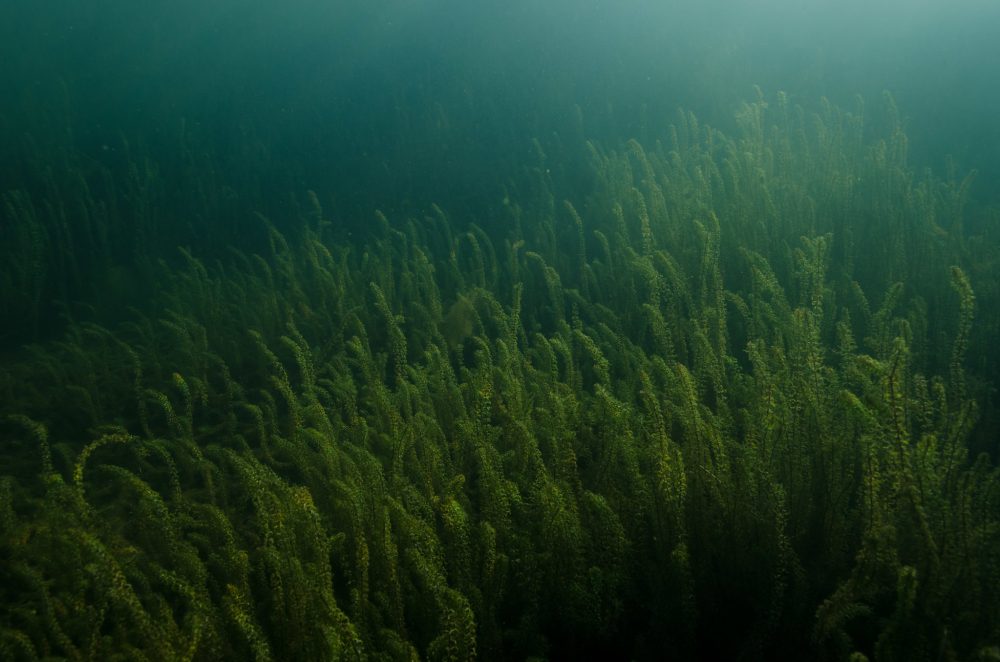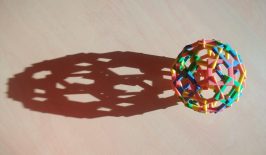If 3D printing is to develop as a real motor for sustainable development, the raw materials used in production need to be eco-friendly too. That means avoiding plastic and co and looking at using alternatives – bioplastics, for example, that are completely biodegradable. We’ve already looked at a few companies here at RESET that produce and use these kind of materials.
The US company Algix is also developing bioplastics, but with a firm focus on one particular raw material – algae. Algae has long been recognised as small all-rounders: Not only can they be used to produce insulating materials for buildings, flip-flops and edible packaging, but they could also help to save our seas and play a decisive role in securing future global food supplies.
In nature, algae also have enormous potential for “bioremediation”, meaning they contribute to biological detoxification in contaminated or polluted ecosystems – working as a sort of natural balancing mechanism. However, if the nitrogen or phosphorus compounds in ecosystems increase – often as a result of human intervention – this can lead to a sudden and massive multiplication of algae plants. This so-called “algae bloom” is a danger to waterways and the organisms living in them. Although algae actually produce a great deal of oxygen through photosynthesis, they consume too much of it when the small plants sink to the bottom – which can end in an ecological catastrophe for other plants and animals, so-called “death zones”. Due to global warming and the associated rise in water temperatures, the phenomenon is expected to become much more frequent and widespread in the future.
Biomass from algae to bioplastics
This is where Algix comes in and has an idea for how to kill two birds with one stone: The company harvests algal biomass from waters with algae blooms and uses it to produce biodegradable filaments for 3D printing and other for other bioplastic products such as plastic foam.
Algix uses a mobile harvesting platform to remove the carpets of algae from freshwater ecosystems – without damaging the fish and plants living in them. The removal of algae biomass and (excess) nutrients ensures more stable ecosystems and is intended to reduce the risk of a recurrence of algae bloom. The algae plants are then drained and dried so that they can be used for the production of algae-based bioplastics. The biodegradable filaments for 3D printing consist of about 20 per cent algae components and 80 per cent PLA, a biopolymer produced by polymerising lactic acid, which in turn is obtained from plant sugars.
The beauty of algae bioplastics: not only does it produce a biodegradable filament that can be used for 3D printing (and other products too), but it also helps stabilise waters that were previously suffering under excessive amounts of algae blooms. And in addition to all that, algae-based filaments consume less energy during printing than conventional filament because they can be processed at a lower temperature.
So maybe it’s more like three birds with one stone…
This is a translation by Marisa Pettit of an original article which first appeared on RESET’s German-language site.







